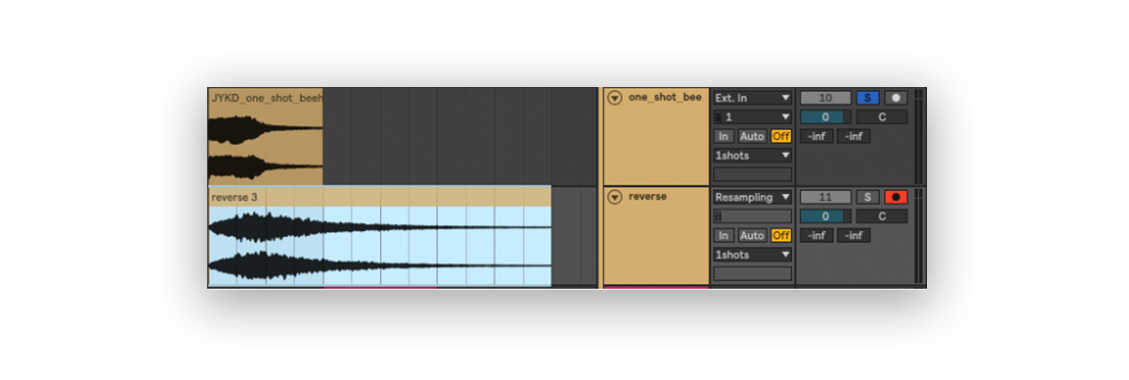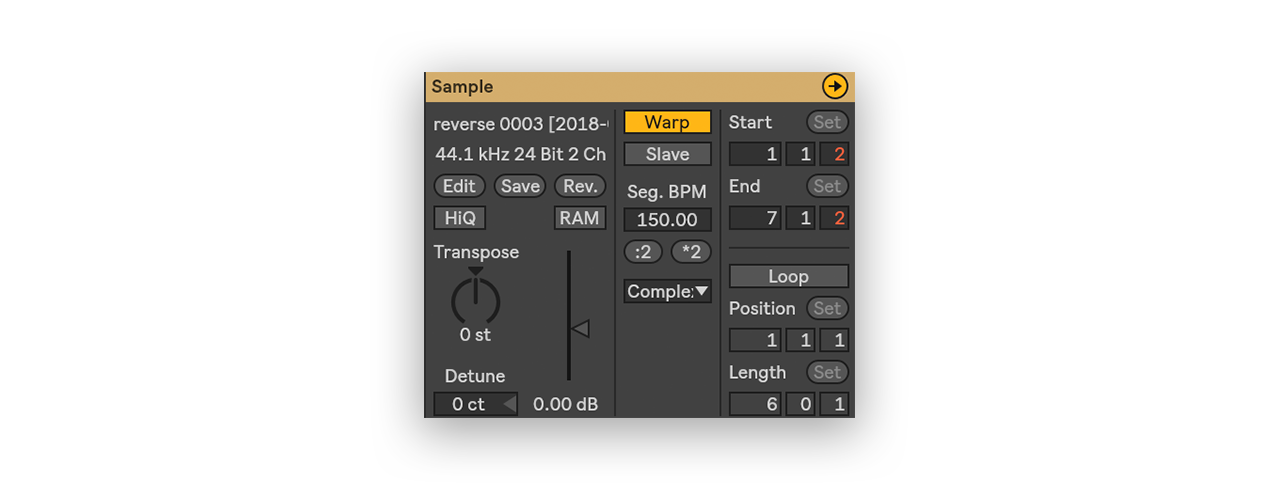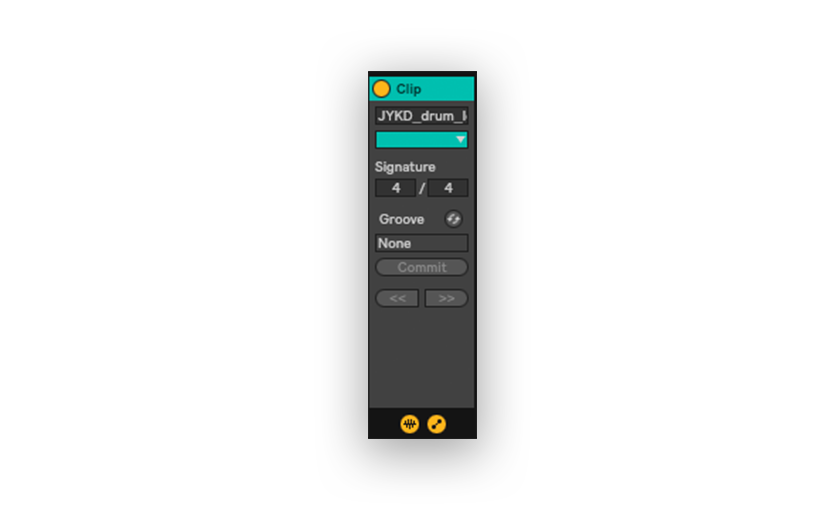Back in December, we invited KSHMR to Schimanski in Brooklyn to give a masterclass on his creative process. He dropped plenty of gems throughout the evening, but there’s one in particular that has stuck with me to this day: “Do all the dirty tricks you know.” Although he was specifically talking about mixing, this advice can be applied to other aspects of producing.
For this week’s Firestarter, we’re asking you to build a build, creating as much sonic tension as you possibly can without composing a drop to go along with it. For those who might already be experts in the art of creating tension, here are three dirty tricks you can use to help make the tension in your builds totally unbearable.
Resample and Reverse
Let’s begin with a fun way to turn long reverb tails into dense textures and atmospheric details! Take a one-shot or percussion hit (for example, I used JYKD_one_shot_beehive_3.wav from our project above), then add a reverb to the track. Turn up the decay time – try a value of around 20s – and set your dry/wet to 100%. Add another audio track below it, set the in/out to “Resampling,” arm the track for recording, solo the original track, and press record. Got all that? It should come out looking something like this:

Now click “Rev.” in the “Sample” box. Congratulations, you’ve just made a custom riser out of thin (digitally modeled reflections of) air!

Automation
If you’re reading this far, you probably know that automation is one of the most important tools in your buildup kit. You already automate basic effects like reverb, delay, and filter frequency to ___. You also might be performing clip-based automation by clicking the “Show/Hide Clip Envelopes” box, like this:



The real dirty trick here, though, is to automate parameters on your master channel! For example, try slapping a Utility on your master, then subtly reduce the gain of your entire track throughout your buildup section. If you do this gradually, a reduction of 2-4 dB shouldn’t really be noticeable to the listener. It will, however, make your drop section that much louder in comparison.
White Noise
White noise doesn’t typically sound too great all on its own, but as an arrangement accoutrement, it can increase the energy of your track by filling out the spectrum. I like to use Operator to generate white noise – just load an initialized instance and choose Noise White from the waveform drop-down:

Now we’ll sculpt the sound to make some whooshing noises. A bandpass filter should suit our purposes.

Adjust the distortion, slope, and resonance to taste, then automate up the filter frequency and you’ll hear the classic EDM whooshing sound.
Try these tips out on this week’s Firestarter, and let’s see how tense you can get!
Explore royalty-free sounds from leading artists, producers, and sound designers:
March 1, 2018

.svg)
.svg)




